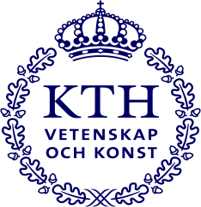Thermal Physiology in the Second Half of the Twentieth Century

Megan Eardley, post doctoral researcher at the center, is currently completing a book project on the history of thermal physiology in the second half of the twentieth century. The book seeks to account for investments in heat exposure and environmental regulation research in apartheid South Africa, where the mining industry developed the world's first "ultra-deep" mines.
Tracing the design, construction, and use of climatic rooms built in and beyond mines that operate more than two miles below the earth's surface, Megan's book critically examines how they worked-- not only to secure the life and labor of miners employed in extreme heat-- but to articulate architectural techniques that could advance projects of extraction at a planetary scale. The book analyzes how deep space experiments have both reproduced and reconfigured longstanding settler colonial concerns about the limits of life and the possibility of species change.
Related publications:
Megan Eardley, "Terrestrial Not by Nature and Essence: The Acclimatization Chamber as Surface Technology in South Africa, ca. 1958" Grey Room 84 (Summer 2021): 64-85.
Megan Eardley, Architectures of Acclimatization and/as Colonization: Response to "Sweating and Dousing," Thresholds 51 (Spring 2023): 132–135.
Megan Eardley, "Extracting Race, Extracting Space" Off-Earth: e-flux Architecture Edited Series (March 2025): 1-6.

